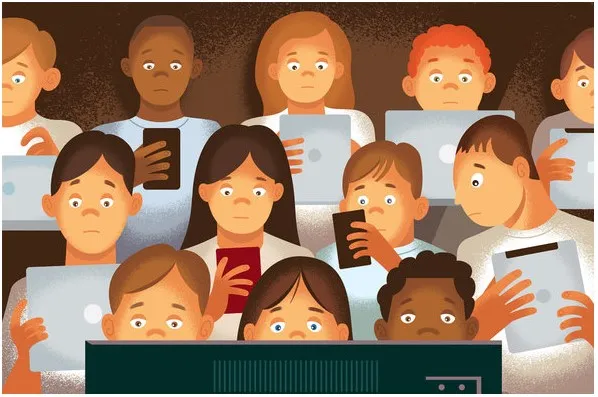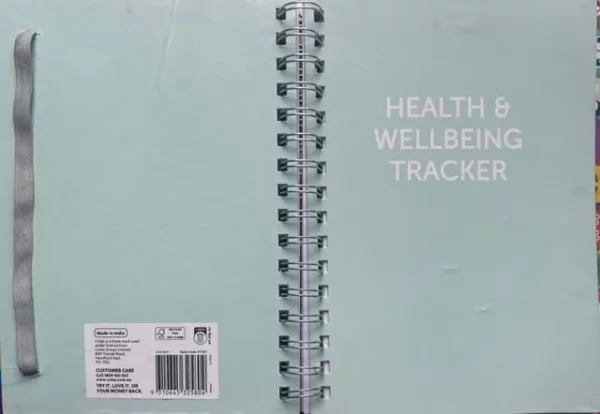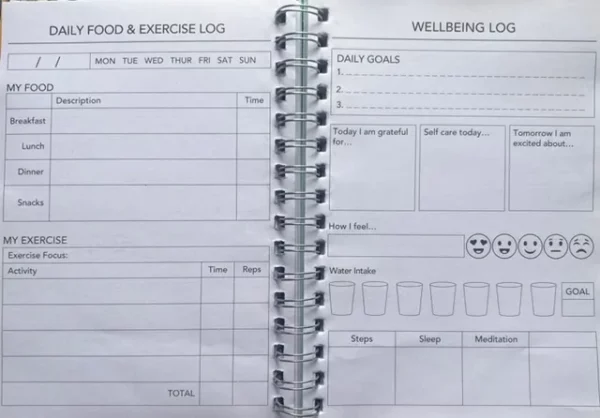Using change management and two $2 investments in reducing children’s screen time – By Alok Das
Source : connectwithalokdas
As working parents with a young family, like any other working families, the wellbeing of our children has always been a key priority for my wife and me. One key challenge for us – and I’m sure there are millions of mums and dads who feel this – is managing children’s screen time.

Source: Paul Rogers, The New York Times
We live in a digital world where screen time has become as normal as breathing, whether for work, or for communication, or for entertainment. Like adults, children also spend a lot of time on the screens for education and for entertainment. The challenge stems from the fact that what starts as necessity ends up in some sort of addiction.
One caveat: I have written this piece as food for thought; not as a psychologist (which I am not), nor as part of Parenting 201 course, nor am I suggesting that you should follow it. I have, however, used some elements of cognitive psychology and change management.
As a change manager my approach has been to:
Discuss with stakeholders (in this case my wife) and identify the pain point
Communicate to the target audience (two children, 7 and 3)
Discuss with stakeholders and identify the pain point
We have identified that sometimes children spend time on an electronic device to avoid boredom. Sometimes they do it because they feel that parents are not talking to them. Another time they want to watch something is when they are at the back seat of the car on a relatively long ride. In long rides they have either seen or heard from their peers that they (peers) watch something on an iPad / iPhone. They Children love to be active, doing something.
Work out a solution
Children are children and they love to imitate parents, rather than follow instructions. So I thought I would implement an activity in which they can imitate me or can do it sitting next to me or my wife with minimum supervision. I managed to find a very simple solution using two tools: one is a health and wellbeing tracker (cost me $2, bought from Coles, you can buy from any similar retail outlet), and the other is a visual art diary for almost the same price (cost me less than $2, bought from Officeworks). The other tool is pencils. I thought I would fill the health and wellbeing tracker for them by jointly discussing and get them some drawing activities to do on the art diary.

Health & Wellbeing tracker bought from Coles

Health & Wellbeing tracker bought from Coles

Visual art diary bought from Officeworks
Communicate to the target audience
Children love to imitate rather than be told to do something. So my wife and I sat with our children and explained to them we were going to do two very exciting activities: one is completing the health and well ness tracker and the other is drawing on the art diary, especially when we are riding a car, or when mum / dad is busy working and they do not have anything to do.
Coach and train the target audience
The health and wellbeing tracker has rows and columns about food, exercise plan, drinking water, daily goals, sleep, meditation, etc. and, in our opinion, is a fantastic tool for communication, coaching and training. The discussions that my wife or I had with our children using this tracker proved extremely helpful in increasing the level of daily engagement and communication with our children.
To make the children interested in drawing both my wife and I started drawing in the art dairies either at our leisure times at home or in our car rides (the parent who was not the driver). Then they took an interested in this and they also expressed their interest. We would just tell them ‘Look what you see from your window and attempt to draw anything you like.’ Once they started doing it, we extended this drawing activity when we would be working from home and the children felt they were being ‘bored’. Drawing would keep them occupied and we would check their progress on and off.
Reinforce the right habits
We consciously kept competing the tracker every day and checking before bedtime what the progress was, how we all felt about our wellbeing and supporting each other. We would also draw on the visual art diary on a daily basis. With the three year old, needless to mention, he would not feel the tracker; either his mum or I would fill it for him. Through repeated use, the kids started to take it as part of their daily habits. Now they complete these activities without requiring us to give them a nudge.
Measure the outcome
We have noticed significant improvement in our bonding with the children and a significant reduction in their screen time.







